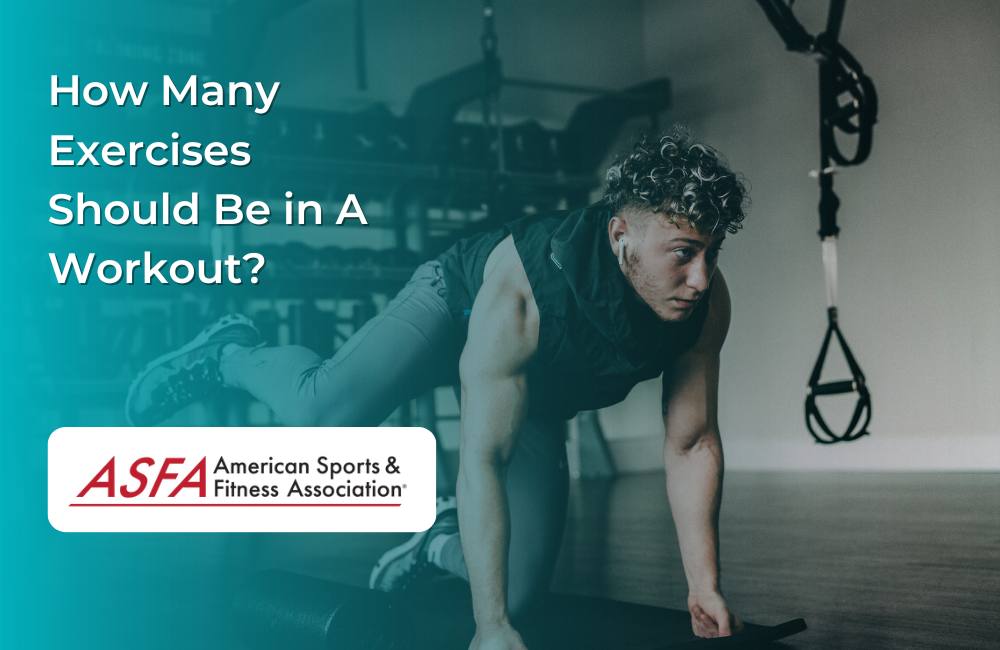The number of exercises you should include in a workout can vary widely depending on your fitness goals, the type of workout you're doing, and your individual fitness level. There is no one-size-fits-all answer, as the ideal number of exercises can differ from person to person. However, I can provide some general guidelines to help you determine how many exercises to include in your workouts.
Factors to Consider:
- Fitness Goals: Your fitness goals play a significant role in determining the number of exercises you should include. Are you aiming for strength, endurance, muscle building, or a combination of these goals? Different goals may require different exercise selections and volumes.
- Workout Type: The type of workout you're doing also influences the number of exercises. For example, a full-body workout may involve more exercises than a targeted, single-muscle group workout.
- Time Constraints: Your available workout time is a practical factor to consider. If you have limited time, you may need to prioritize specific exercises and reduce the overall volume.
- Fitness Level: Your current fitness level matters. Beginners might benefit from starting with a smaller number of exercises and gradually increasing the complexity and volume as they progress.
- Rest Periods: The length of your rest periods between sets and exercises affects the total workout time and the number of exercises you can include. Shorter rest periods may allow for more exercises in a session.
General Guidelines:
While there is no fixed number of exercises that suits everyone, here are some general guidelines based on common fitness goals:
Strength Training:
If your goal is to build strength, focus on compound exercises that target multiple muscle groups. A strength-focused workout may include 3-6 core exercises. For example:
- Squats
- Deadlifts
- Bench Press
- Pull-Ups
- Overhead Press
These compound exercises work various muscle groups simultaneously and provide a comprehensive strength-building stimulus.
Muscle Building (Hypertrophy):
For muscle building, consider including 3-5 compound exercises and 2-4 isolation exercises that target specific muscle groups. Here's an example:
Compound Exercises:
- Barbell Squats
- Romanian Deadlifts
- Bench Press
- Bent-Over Rows
- Pull-Ups
Isolation Exercises:
- Bicep Curls
- Tricep Extensions
- Leg Curls
- Lateral Raises
Endurance and General Fitness:
If your goal is to improve endurance and overall fitness, you can have a more extensive workout routine. Including a variety of exercises that engage different muscle groups can help improve overall fitness. A sample workout might consist of 4-6 cardiovascular exercises (e.g., running, cycling, swimming) and 3-4 resistance training exercises.
Individualization is Key:
Ultimately, the ideal number of exercises in a workout should be tailored to your individual needs, preferences, and goals. It's essential to consider factors such as your fitness level, available time, and the intensity of your workouts. Additionally, as you progress and your goals evolve, your workout routine may need to be adjusted to continue challenging your body and achieving results.
It's advisable to work with a certified fitness trainer or coach who can create a customized workout plan based on your specific goals and provide guidance on exercise selection, volume, and progression. Listening to your body and adjusting your routine as needed is essential for long-term success in your fitness journey.





